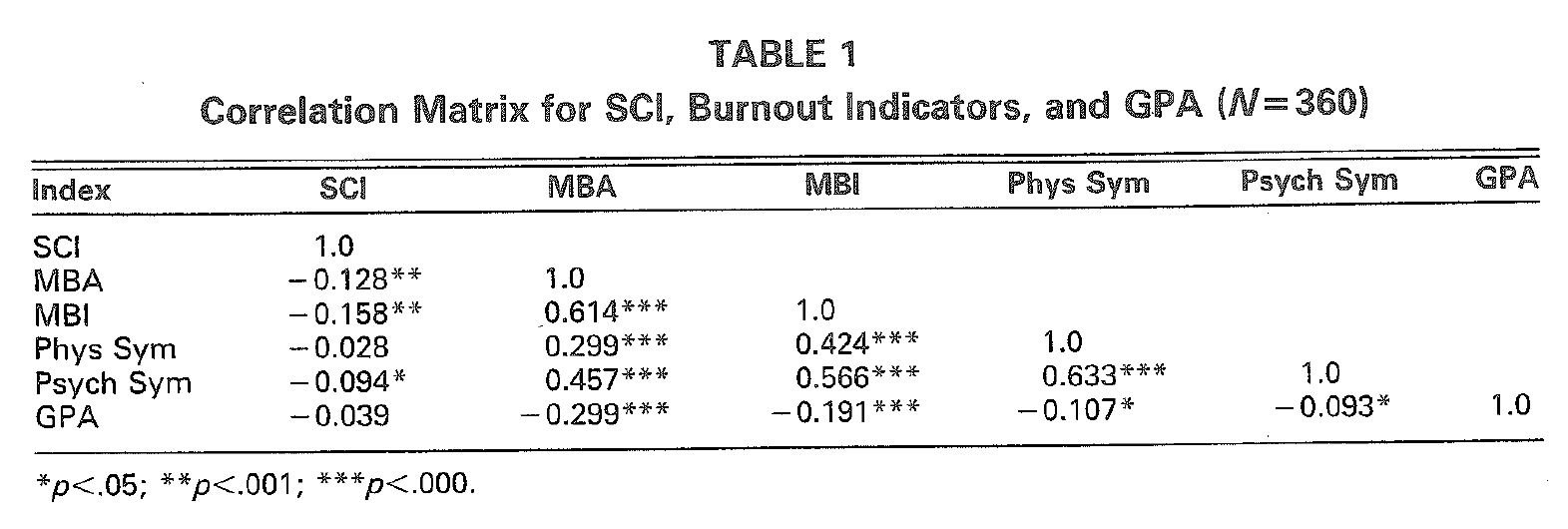The Teacher Experience 3
Is there research illustrating strategies to address teacher burnout?
Melissa Kruse, an instructional coach with 10 years experience teaching English (Kruse, n.d.) suggests on her blog that collaboration, variety, community, and changing the scenery can help. There is research, it turns out, supporting each of these strategies.
Kruse, M. (n.d.). How to beat teacher burnout: practical tips to try today. Reading and Writing Haven, a blog for educators. https://www.readingandwritinghaven.com/how-to-beat-teacher-burnout-practical-tips-to-try-today
Collaboration
A study of 396 academic teachers, yogo teachers and nurses in Japan special needs schools identified four individual behavioral patterns and a distinct negative correlation between burnout and collaboration. Measured three times over the course of a school year using a version of the Maslach Burnout Inventory and the Nurse-Teacher Collaboration Scale, subjects that experienced increased collaboration over the year clearly exhibited reduced exhaustion, indifference and overload. Collaboration can indeed reduce burnout.
Kanayama, M., Suzuki, M & Yuma, Y. (2016, June 14). Longitudinal burnout-collaboration patterns in Japanese medical care workers at special needs schools: a latent class growth analysis. Psychology Research and Behavior Management 2016:9 139–146
Task Variety
A German study of 320 workers diverse in gender, education, industry and employer used the Work Design Questionnaire to determine task variety and the Maslach Burnout Index to measure emotional exhaustion with two samples one year apart. The results supported the hypothesis that “task variety positively predicts workplace innovation”, but it could not support the opposite hypothesis, that task variety would hinder emotional exhaustion. Task Variety improves effectiveness, but not burnout. In a public school setting, it will make teachers better, but it will not protect them.
Koch, A. K. & Adler, M. (2018, July 10). Emotional exhaustion and innovation in the workplace – A longitudinal study. Industrial Health 56(6). https://www.ncbi.nlm.nih.gov/pmc/articles/PMC6258754/
Community
A 1990 study of 360 undergraduate students at Saint Mary’s University in Halifax, Canada measured membership, influence, fulfillment of needs and shared emotional connection to measure how strongly the participants felt a sense of community. It then assessed emotional burnout using the Meier Burnout Assessment (MBA) and the Maslach Burnout Index (MBI), and assessed physical manifestations of burnout using the Biographical & Experience Questionnaire, to identify a strong positive correlation between sense of community and burnout. Causality was not established.
McCarthy, M. E., Pretty, G. M. H. & Catano, V. (1990, May). Psychological sense of community and burnout. Journal of College Student Development 31. https://www.researchgate.net/publication/232559885_Psychological_sense_of_community_and_burnout
Changing the Scenery
Experiential diversity promotes well-being. That’s not exactly the same as avoiding burnout, but it is surely analogous. A study tracked 122 participants on their travels throughout New York City and Miami, and asked them at random times to assess their positive and negative affect. The study’s conclusion: self-reported positive affect was greater when the participants roamed more freely, accounting for precipitation, temperature, day of the week, city and total distance travelled.
Heller, A.S., Shi, T. C., Chiemeka Ezie, C. E., Reneau, T. R., Baez, L. M., Gibbons, C. J. & Hartley, C. A. (2020, May 18). Association between real-world experiential diversity and positive affect relates to hippocampal–striatal functional connectivity. Nature Neuroscience 23, 800-804. https://doi.org/10.1038/s41593-020-0636-4
Research does in fact support teacher Melissa Kruse and her anecdotal recommendations for managing or avoiding teacher burnout. A school that encouraged collaboration, task variety, community, and changing the scenery would expect to better support their teachers, and would expect to suffer less from teacher attrition. This stands in stark contrast with the traditional school model that isolates teachers in their classrooms.
What is the alternative?
Can we imagine a school that operates differently?
Of course we can!
Your thoughts on this journal post are highly valued, as I continue to build and refine my perspective on schools and the school environment. Please share your own experiences and perceptions of the school environment below!




